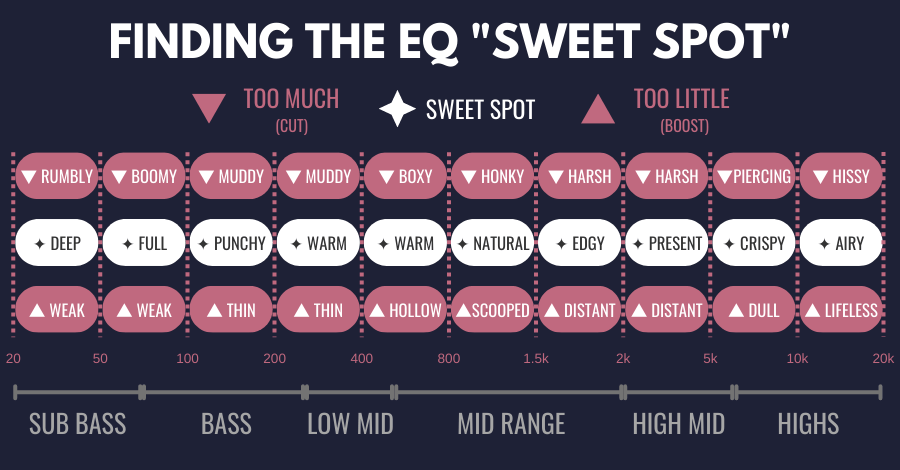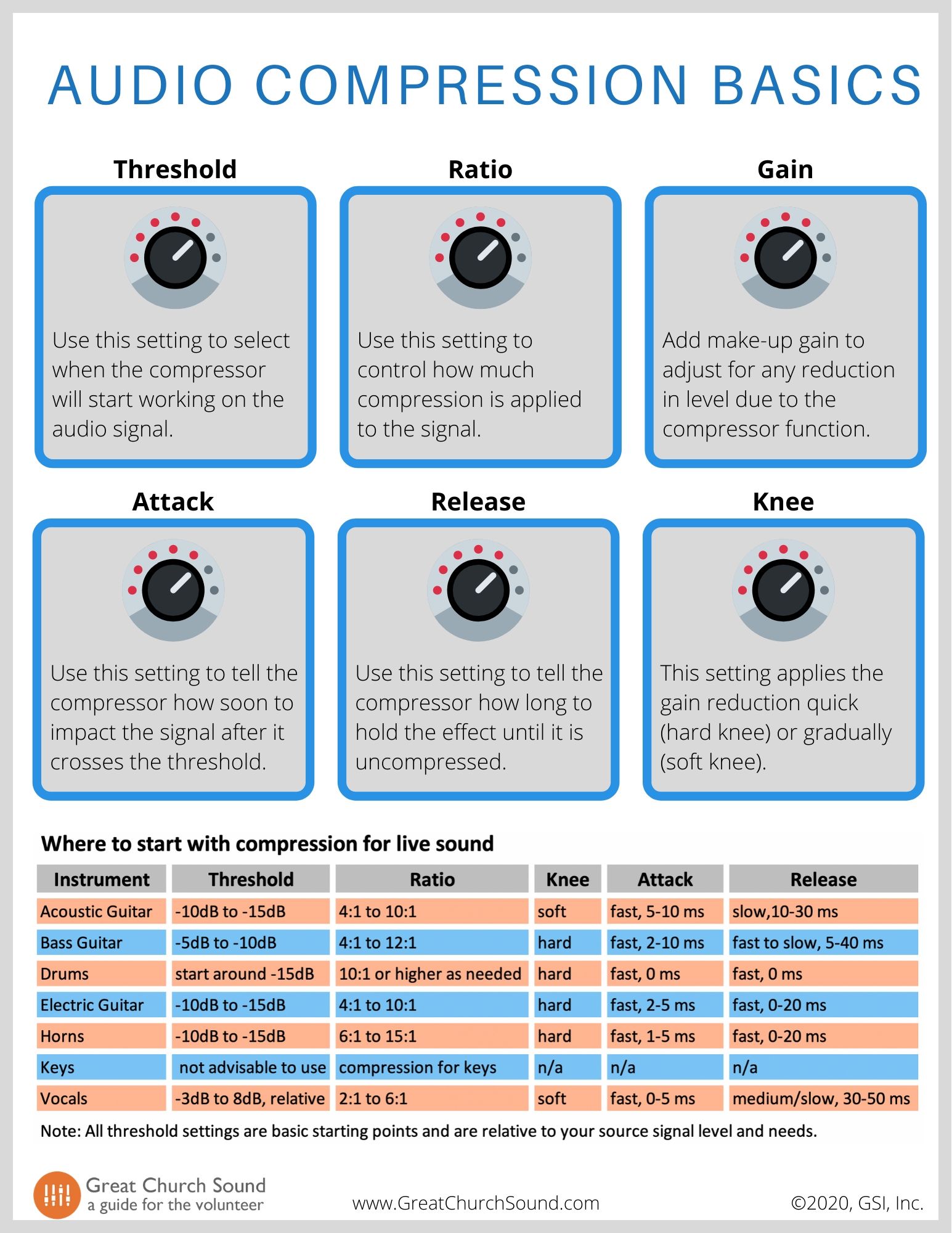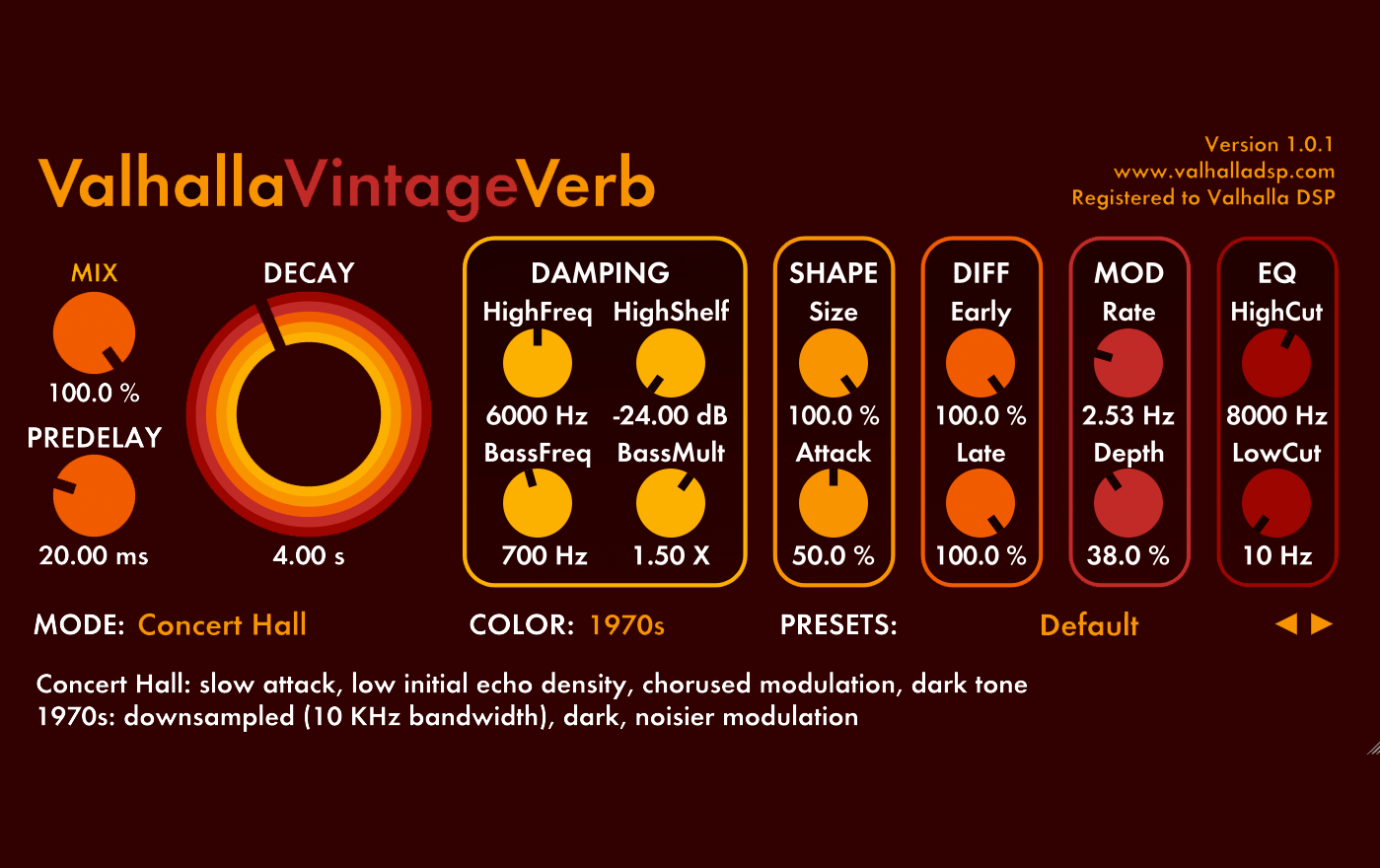Mixing music is both an art and a science. It requires a keen ear, technical know-how, and creative intuition. However, even experienced audio engineers can fall into common traps that compromise the quality of their mixes. To help you achieve polished, professional-sounding tracks, here are the top 10 mixing mistakes and how to avoid them.

1. Overusing EQ
Mistake: Excessive use of EQ can lead to unnatural sounds and phase issues.
Solution: Use EQ sparingly. Focus on cutting problematic frequencies rather than boosting. Always use a reference track to ensure your EQ adjustments are enhancing the mix rather than detracting from it.
2. Ignoring Gain Staging
Mistake: Poor gain staging can cause distortion and a lack of headroom.
Solution: Set proper levels at every stage of your mix. Ensure each track is peaking at a reasonable level (around -6dB to -3dB) before applying any processing. This practice maintains headroom and prevents unwanted distortion.

3. Too Much Compression
Mistake: Over-compressing can squash the dynamics, making the mix sound flat and lifeless.
Solution: Use compression judiciously. Aim to control dynamics without destroying them. Use parallel compression for a more transparent effect and always listen critically to how compression affects the feel of the track.
4. Overcrowding the Mid-Range
Mistake: Overloading the mid-range frequencies can create a muddy mix.
Solution: Carefully carve out space for each instrument using EQ. Use panning to place elements in the stereo field and create clarity and separation. Regularly solo and compare tracks to ensure each one has its own space.
5. Neglecting Low-End Management
Mistake: Uncontrolled low-end can lead to a boomy, undefined mix.
Solution: Use high-pass filters to remove unnecessary low frequencies from non-bass elements. Pay special attention to bass and kick drum interaction, using sidechain compression if necessary to create space.
6. Overuse of Reverb and Delay
Mistake: Excessive reverb and delay can wash out the mix and obscure detail.
Solution: Apply reverb and delay in moderation. Use them to enhance depth and space without overwhelming the mix. Send effects rather than inserts to give you more control, and always check the wet/dry balance.
7. Inconsistent Monitoring Environment
Mistake: Mixing in an untreated or inconsistent environment can lead to mixes that don’t translate well to other playback systems. Solution: Invest in acoustic treatment for your mixing space and use reference monitors. Regularly check your mix on different systems (headphones, car speakers, etc.) to ensure it translates well.
8. Not Using Reference Tracks
Mistake: Mixing in isolation without reference tracks can lead to biased or off-target mixes.
Solution: Use professionally mixed tracks in a similar genre as references. Compare your mix to these tracks to ensure your levels, EQ, and overall balance are in the ballpark.
9. Ignoring Phase Issues
Mistake: Phase problems can result in weak, hollow sounds and loss of definition.
Solution: Regularly check for phase issues, especially when layering sounds or using multiple microphones. Use phase meters and listen in mono to catch and correct phase cancellations.
![]()
10. Rushing the Mix
Mistake: Rushing the mix process can lead to overlooked details and a less polished final product.
Solution: Take your time. Mix in stages and take breaks to rest your ears. Revisit your mix with fresh ears to catch any issues you might have missed.
Conclusion
Avoiding these common mixing mistakes can significantly improve the quality of your music productions. By maintaining proper gain staging, using EQ and compression judiciously, managing your low-end, and creating a balanced, dynamic mix, you’ll ensure your tracks sound professional and polished. Always remember, mixing is a skill that improves with practice, so keep learning, experimenting, and refining your technique. When you are ready to start your mixing business you can join sites like EngineEars to take on projects and clients while the site helps with the heavy lifting. Happy mixing!

